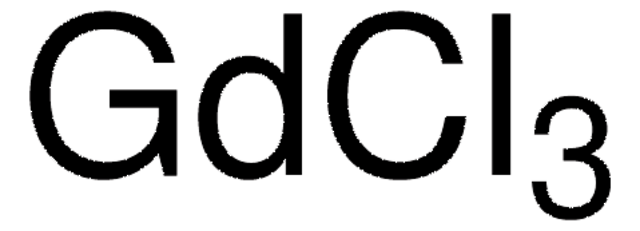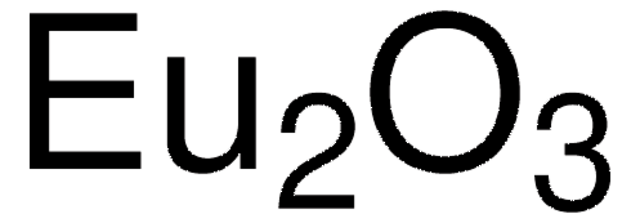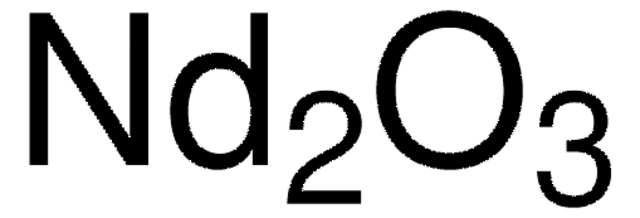637289
Dysprosium(III) oxide
nanopowder, <100 nm particle size, 99.9% trace metals basis
Synonyme(s) :
Didysprosium trioxide, Dysprosia
About This Item
Produits recommandés
Niveau de qualité
Essai
99.9% trace metals basis
Forme
nanopowder
Pertinence de la réaction
reagent type: catalyst
core: dysprosium
Taille des particules
<100 nm
Densité
7.81 g/mL at 25 °C (lit.)
Chaîne SMILES
O=[Dy]O[Dy]=O
InChI
1S/2Dy.3O
Clé InChI
NLQFUUYNQFMIJW-UHFFFAOYSA-N
Vous recherchez des produits similaires ? Visite Guide de comparaison des produits
Code de la classe de stockage
11 - Combustible Solids
Classe de danger pour l'eau (WGK)
WGK 2
Point d'éclair (°F)
Not applicable
Point d'éclair (°C)
Not applicable
Équipement de protection individuelle
Eyeshields, Gloves, type N95 (US)
Faites votre choix parmi les versions les plus récentes :
Déjà en possession de ce produit ?
Retrouvez la documentation relative aux produits que vous avez récemment achetés dans la Bibliothèque de documents.
Articles
Currently, magnetic nanoparticles (MNPs) are attracting a lot of attention because of the possibility of many novel applications, especially in biomedical research.
The application of magnetism and magnetic materials pervades our modern civilization in the form of electrical power, communications and information storage.
Magnetic materials permeate numerous daily activities in our lives. They are essential components of a diversity of products including hard drives that reliably store information on our computers, decorative magnets that keep the shopping list attached to the refrigerator door, electric bicycles that speed our commute to work, as well as wind turbines for conversion of wind energy to electrical power.
Notre équipe de scientifiques dispose d'une expérience dans tous les secteurs de la recherche, notamment en sciences de la vie, science des matériaux, synthèse chimique, chromatographie, analyse et dans de nombreux autres domaines..
Contacter notre Service technique






